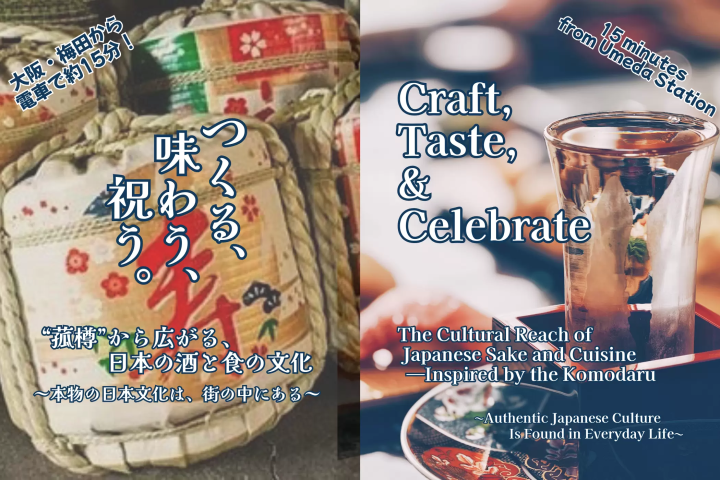First of all, here! “Tono Monogatari no Yakata” where you can experience the stories handed down in the Tono region of Iwate Prefecture

Tono City in Iwate Prefecture is known as a city where many folk tales and folk tales remain. The folklore passed down in Tono became widely known throughout the country through Kunio Yanagita's book ``Tono Monogatari.'' Why not enjoy the mystical world where kappa, zashikiwarashi, oshirasama, and tengu live in the Tono Monogatari no Yakata, where you can experience through sound and video?
Enjoy the world of “Tono Monogatari”
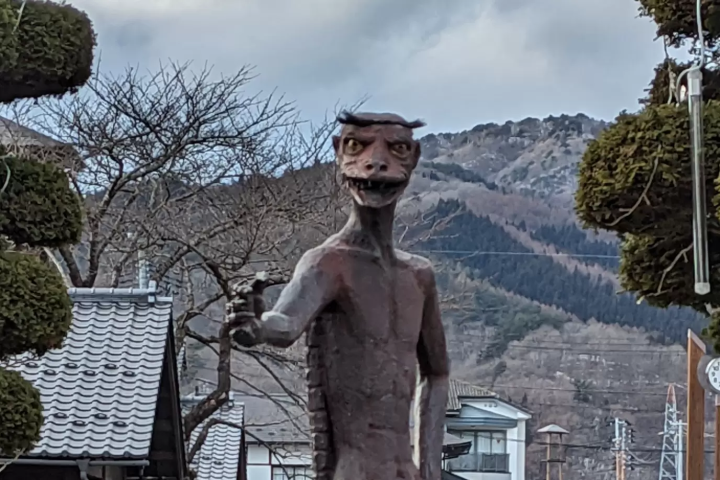
"In the mountain villages of Japan, even more profound than Tono, there are bound to be countless legends of mountain gods and mountain people. Hopefully, telling these stories will make the people of the plains shudder."
The opening sentence of ``Tono Monogatari'' contains this impressive sentence.
``Tono Monogatari'', published by Kunio Yanagida in 1910, is a collection of tales and stories handed down in the Tono region of Iwate Prefecture. It is said to be the forerunner of Japanese folklore, written and edited by Yanagita, and published in the form of the folklore passed down in the Tono region, told by Sasaki Kiyoshi (Sasaki Kagamiishi), a folk tale collector and novelist from the Tono region. It is a work that is called.
In folk tales that have been passed down from parents to children, many mysterious and mysterious beings that appear to be monsters, gods, or spirits appear, such as ``Kappa,'' ``Zashiki Warashi,'' ``Tengu,'' ``Oni,'' and ``Mountain Man.'' To do.
With the theme of ``Tono Monogatari,'' ``Tono Monogatari no Yakata'' allows you to enjoy the mysterious world that has been passed down from generation to generation in Tono through sound and video. This facility is enjoyable not only for those who already know ``Tono Monogatari'' but also for those who have never read it.
8 minutes walk from Tono Station “Tono Monogatari no Yakata”

Tono Monogatari no Yakata is located about an 8-minute walk from Tono Station on the JR Kamaishi Line. This facility is made up of several buildings, including the Folktales Museum, where you can experience the world of folk tales, the Yanagita Kunio Exhibition Hall, which is a relocated building associated with Kunio Yanagita, the author of The Tales of Tono, and the Tono Museum, where you can enjoy folk tales and local performing arts. There is a souvenir shop, ``Tono Tabino Farm Direct Sales Shop''.
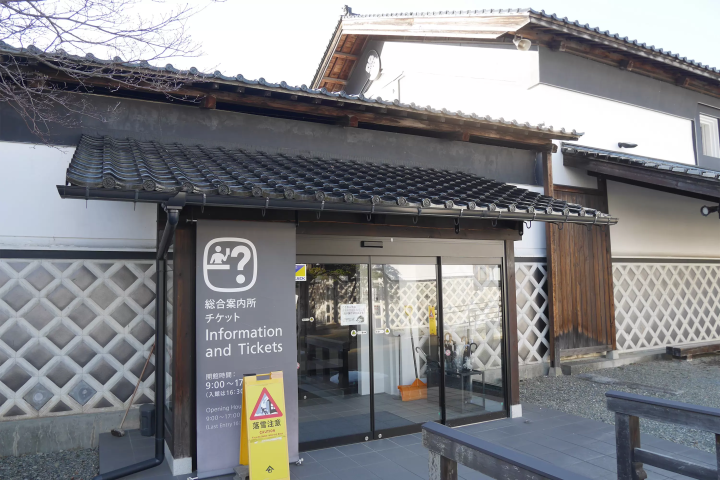
In addition, there are related facilities such as ``Itoya'', a delicious soba restaurant, and ``Brew Note Tono'', where you can enjoy Tono beer, making it a complex facility that can be enjoyed by both children and adults.
``Folktales Store'' where you can enjoy watching, listening, and touching with sound and images
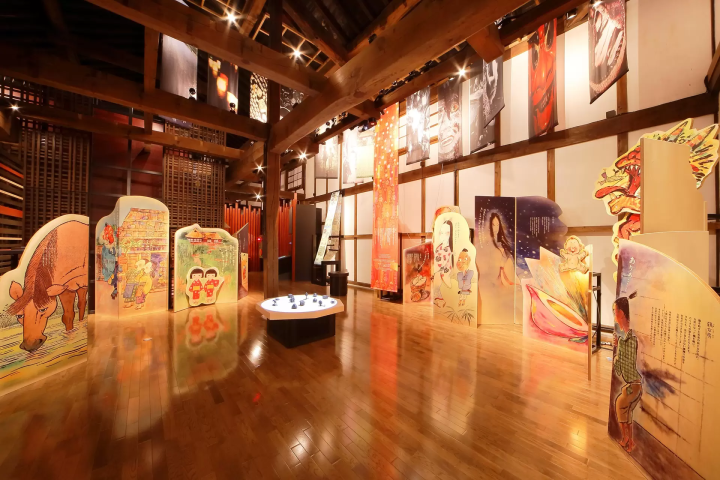
The Folktales Museum is full of exhibits that will make you feel like you are entering the world of stories. Mukashiwagura, a former sake brewery that has been renovated, is a facility where you can enjoy not only the folk tales of Tono, but also Japanese folk tales visually and tactually using sound and video.
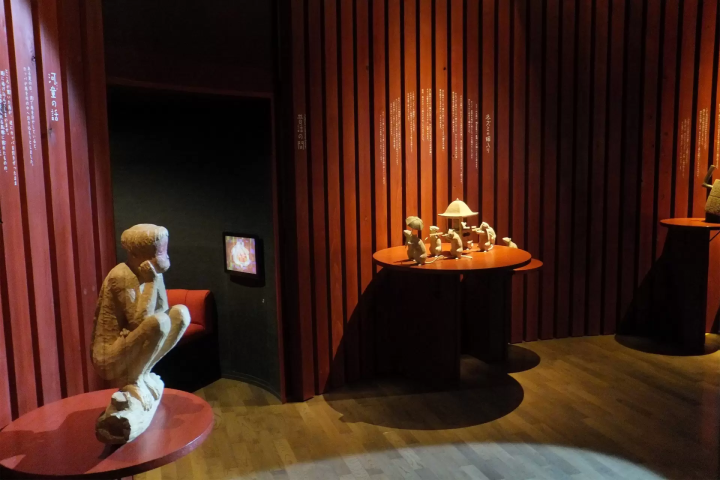
For example, if you touch an ornament placed on a table, a small shadow picture will appear. There are also various fun tricks, such as the sound of children giggling behind you as you follow the route, and the shadow of a tengu passing by with the sound of flapping wings.
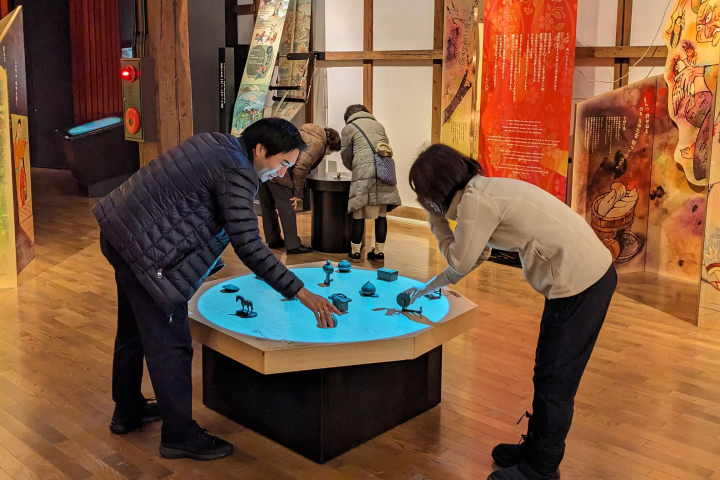
There are features all over the place that you can see, hear, and touch, allowing you to enjoy the world of folk tales as you tour. There is also a library corner, with books and picture books related to Tono, so you can enjoy the world of stories at your leisure.
The inn that became the base for folklore research: ``Former Takazen Inn Yanagishuku'' (Yanagita Kunio Exhibition Hall)
The building where Kunio Yanagita's statue greets you is Ryuo-juku, where he stayed as a regular lodging while writing The Tales of Tono.
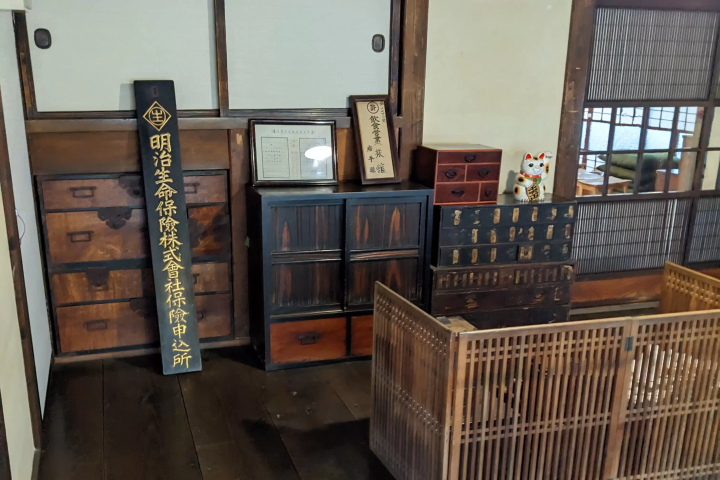
Located in the center of Tono, which was a castle town, this inn is a representative inn of Tono from the Meiji to Showa eras, where important people stayed there.

It was moved to its current location as an inn that was deeply involved in the creation of ``The Tales of Tono.'' The inside of the building retains the atmosphere of the time, while introducing Kunio Yanagita's life and footprints in Tono.
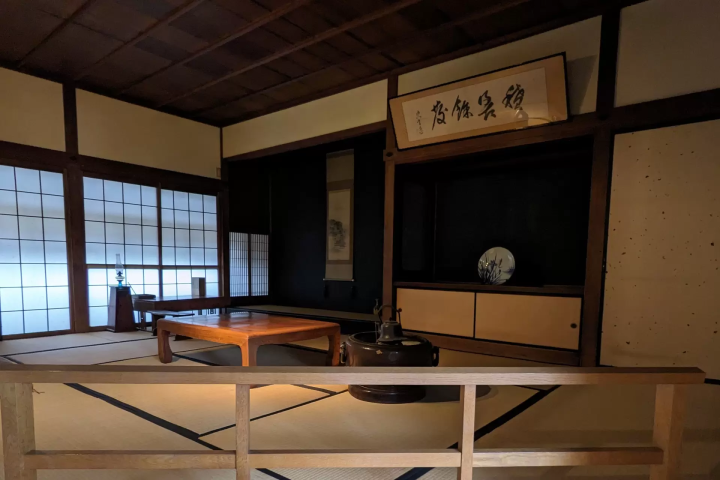
The guest rooms on the second floor accommodated Yanagita, Nobuo Orikuchi, known as a Japanese folklorist, scholar of Japanese literature, and poet, and Nikolai Nevsky, a Russian linguist who came to Japan in the Taisho era and was close friends with Yanagita. It became a base for academic research.
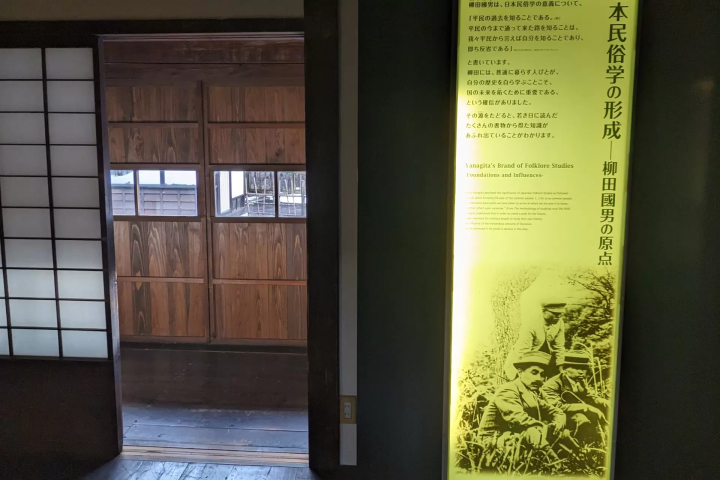
This building, which still retains its original appearance, has been designated as a registered tangible cultural property by the country.
"Former Yanagita Kunio Retirement" where Yanagita and his wife spent their later years
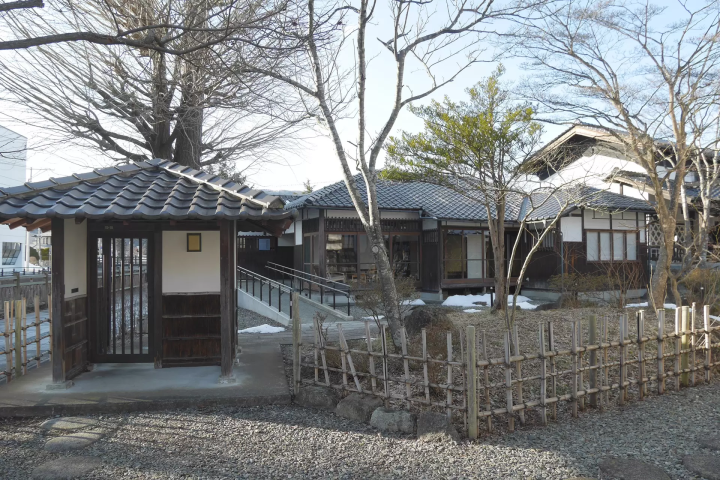
This is the residence where Kunio Yanagita lived with his wife Taka from January 16, 1956 until his death at the age of 88 on August 8, 1962.
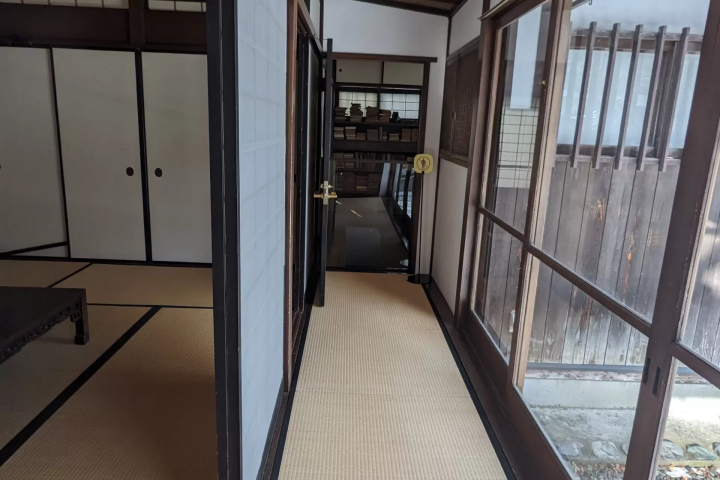
The building was relocated from Seijo, Setagaya Ward, Tokyo.

The interior of the quaint building features the decorations that Kunio Yanagita liked during his lifetime, and introduces his achievements and writings.
``Tonoza'' where you can listen to folk tales told in dialect by Tono storytellers
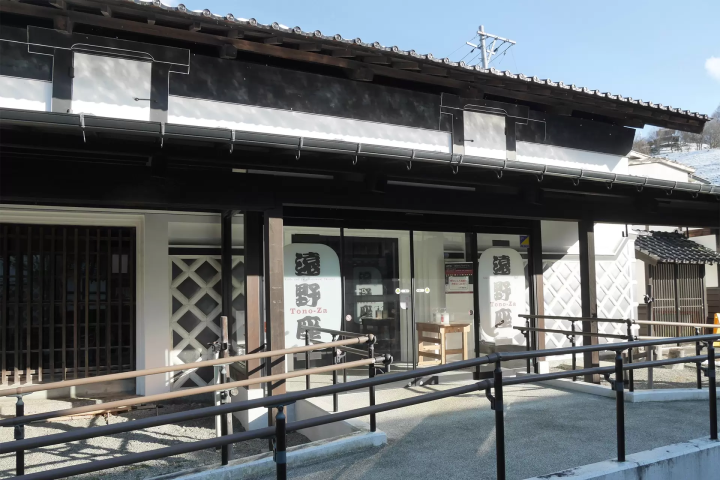
For the admission fee to Tono Monogatari no Yakata, you can listen to folk tales told by storytellers at Tono-za, which is located across from Folk Tale Storehouse.
This is a Tono folktale that begins with "A long time ago, there was no need for it" and ends with "Dondo Hare." During a 20-minute performance by storytellers from the Tono Folk Tale Storytellers' Association, you can listen to 3 to 5 stories of folk tales from the Tono region, such as ``Oshirasama'' and ``Zashikiwarashi.''
In the folk tale performances that are held every day, the storytellers and the folk tales told vary depending on the occasion, but the folk tales heard in the traditional Tono dialect have a very warm feeling.
There is no need to make a reservation, and you can participate by registering at Folk Tale Storehouse on the day of the event, so please be sure to listen to folk tales told in the Tono dialect.
- Performance time: April to November (3 times/day) 11:00, 13:00, 14:00
August 1st - August 31st (5 times/day) 10:00, 11:00, 13:00, 14:00, 15:00
December to March (Saturdays, Sundays, and holidays only) (once/day) 13:00
- Closed: Every Tuesday, year-end and New Year holidays (December 29th to January 3rd)
*Folktales are also closed on days when Tono Monogatari no Yakata is closed.
- Contact: 0198-62-7887
If you're looking for Tono souvenirs, go here: Tabi no Farm Direct Sales Shop
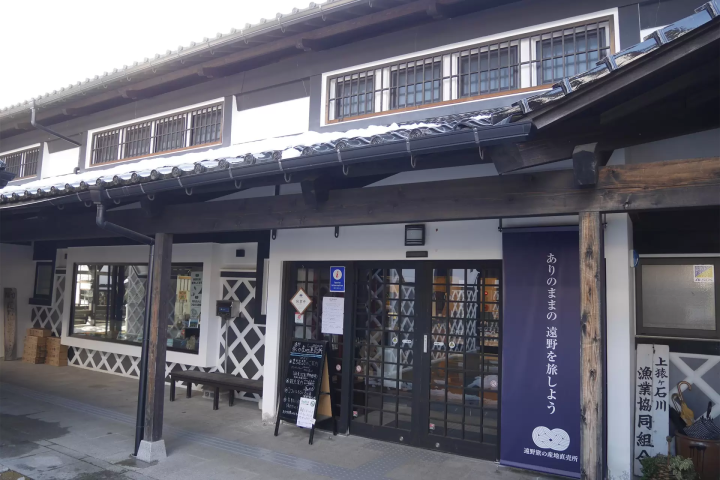
At the Tabi no Farm Direct Sales Shop, we carry special Tono souvenirs such as Tono's famous confectionery ``Akegarasu'' and ``Kawataro Senbei'' as well as handmade accessories made by local farmers and people in the shopping district.
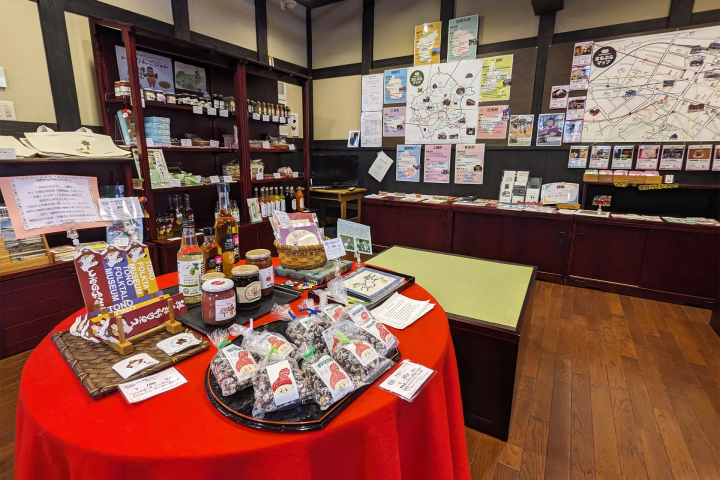
Of course, if you are looking for Tono Monogatari no Yakata original goods, you can purchase them at the reception desk or at the Tabi-no-Farm Direct Sales Shop.
In addition, the Tabi-no-Producer Direct Sales Office also arranges sightseeing tours and private lodging. Tono's ``Machibura'' tour, a ``Satobura'' tour where you can enjoy activities such as cycling, and overnight stays at farmhouses are popular.
We also offer tours that allow you to experience not only local products, but also experiences unique to this area, so why not feel free to contact Tabisancho?
- Business hours: 9:30-16:00
- Inquiries: 0198-62-6001
Related facilities
Restaurant Bangari Itoya
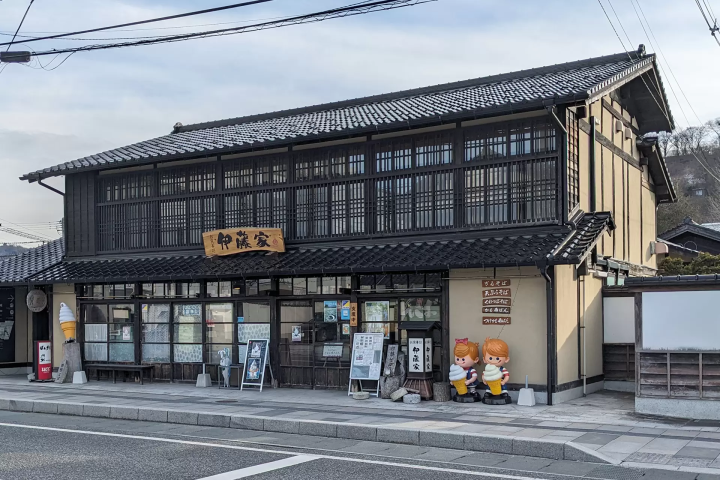
This soba restaurant is housed in a typical Tono merchant's house. The interior of the store has a quaint atmosphere, with a shrine that gives you a sense of history and a permanent residence.
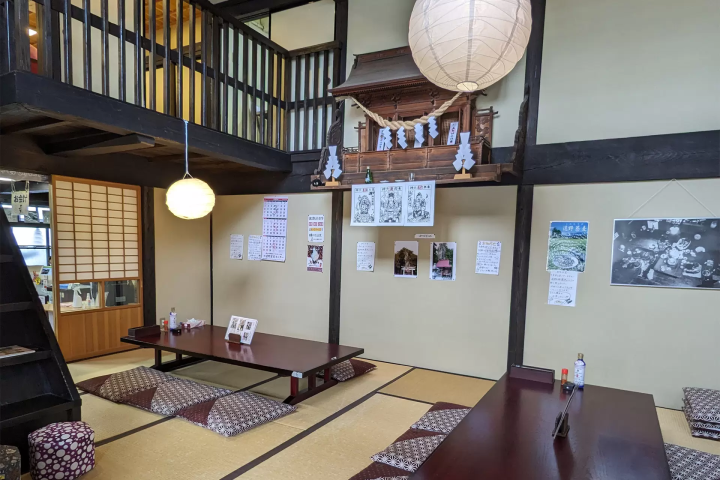
In addition to soba, sushi and tempura are also popular.
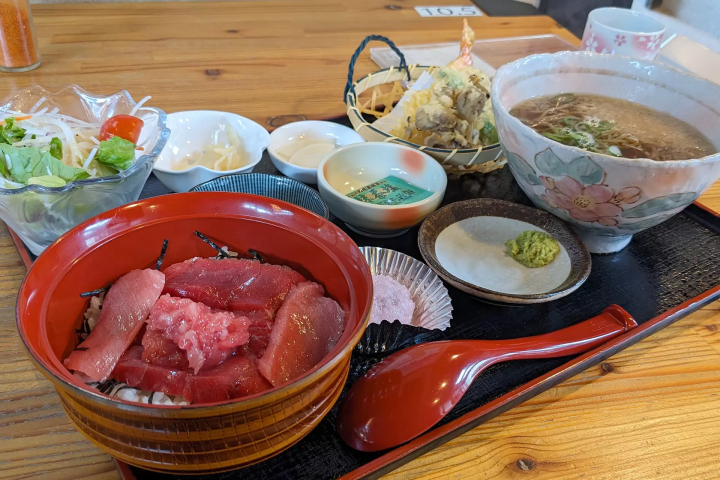
We also accept reservations and group customers, so please feel free to contact us. For reservations and group reception, please call the number below.
- Closed: Tuesday
- Business hours: 11:00 ~ Ends as soon as it runs out
- Inquiries: 0198-60-1110
Brew Note Tono
Tono is one of Japan's leading hop producing areas. A shop in Tono run by a master who is affectionately known as the ``hop doctor.'' A stylish cafe where you can enjoy Tono local beer and jazz in an old-fashioned warehouse.
- Open only on Saturdays, Sundays, and holidays
- Business hours: 11:00-18:00
- Inquiries: 080-5099-1791
Tono Castle Town Museum (reservation required)
The museum exhibiting the costumes and weapons of the Tono Nanbu family that has been around since the Sengoku period is small but well worth a visit. You can visit with the same admission ticket as ``Tono Monogatari no Yakata'', but you must make a reservation at least two days in advance.
- Reservation contact: 0198-62-7887
Basic information about Tono Monogatari no Yakata
All three locations, Folktales Museum, Tono-za, and Yanagita Kunio Museum, can be visited for the same ``Tono Monogatari Museum'' admission fee. The journey takes about an hour and a half, including the folktale experience. Tono is dotted with Kappa-buchi, where kappa have been seen, and other spots related to folklore, so sightseeing by car is convenient.
- Address: 2-11 Chuo-dori, Tono City, Iwate Prefecture
- Phone number: 0198-62-7887
- Access: Approximately 8 minutes walk from Tono Station on the JR Kamaishi Line, 10 minutes by car from Tono IC on the Kamaishi Expressway, parking available (40 spaces)
- Business hours: 9:00-17:00 (admission until 16:30)
- Closed days: April to May...No holidays June to October...First Tuesday of every month November to March...Every Tuesday Year-end and New Year holidays...(12/29 to 1/3)
- Admission fee: 510 yen for adults, 210 yen for high school students and younger, common for “Tono Monogatari no Yakata” and “Tono Castle Town Museum”
Information as of March 2024. Please check the official website for the latest information.
Hotels near Tono's Story House
We are a regional trading company responsible for promoting local products and revitalizing tourism in Tono City, Iwate Prefecture. Tono is home to numerous legends about kappa and zashiki warashi, and is also home to an abundance of agricultural and livestock products that take advantage of its location in a basin, with one of the largest production volumes of hops used in beer in Japan. I'm proud. By interweaving Tono's people, goods, history and culture, we aim to create value unique to the region, refine the Tono brand, and revitalize the region.
The contents on this page may partially contain automatic translation.





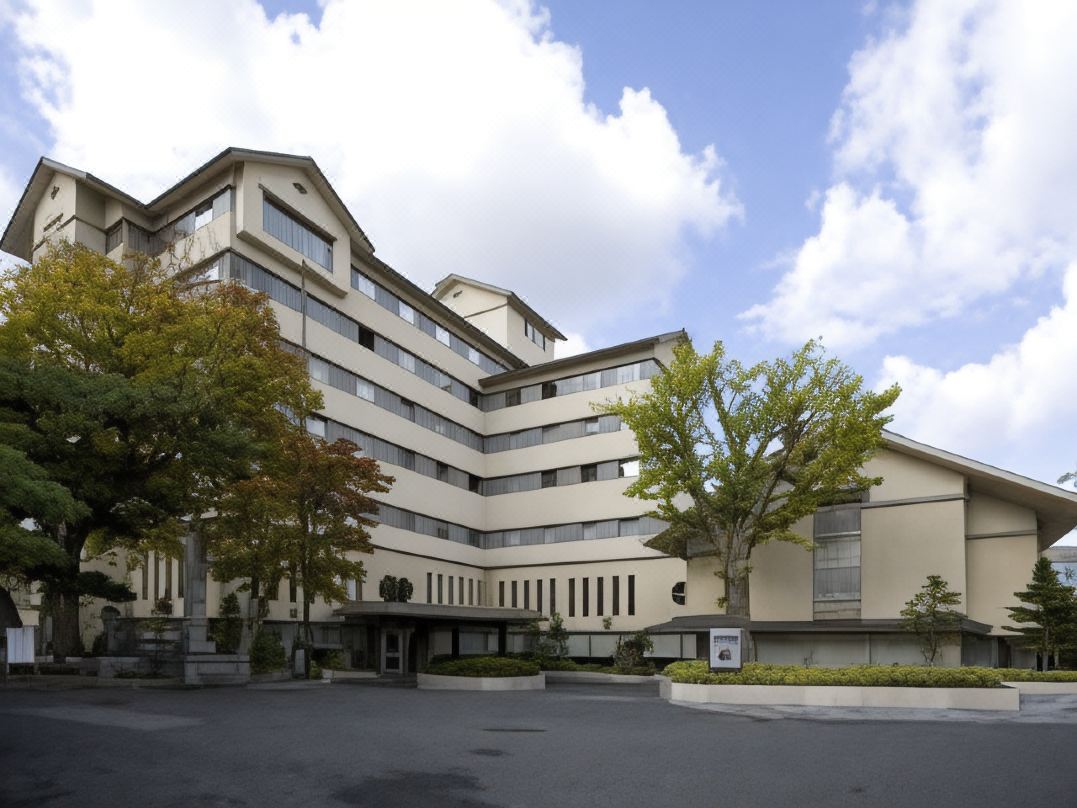














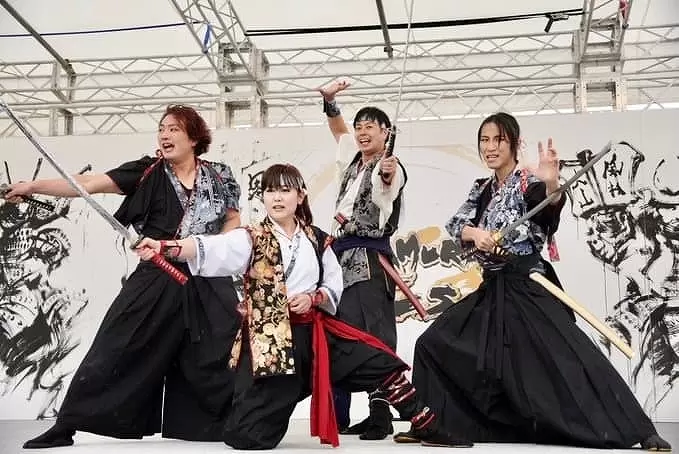
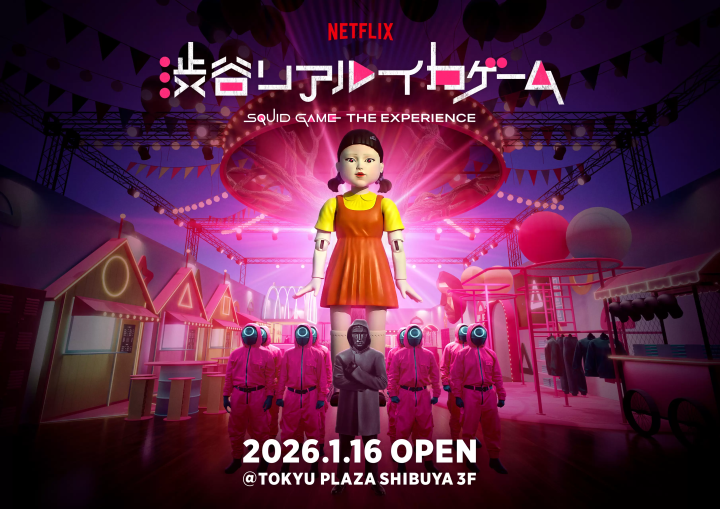

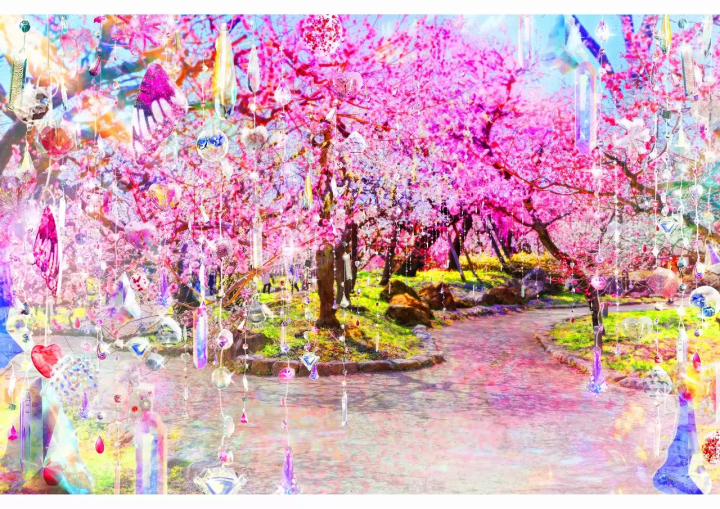
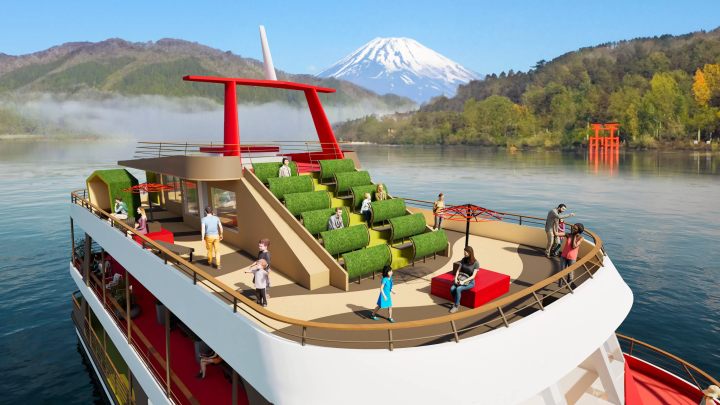





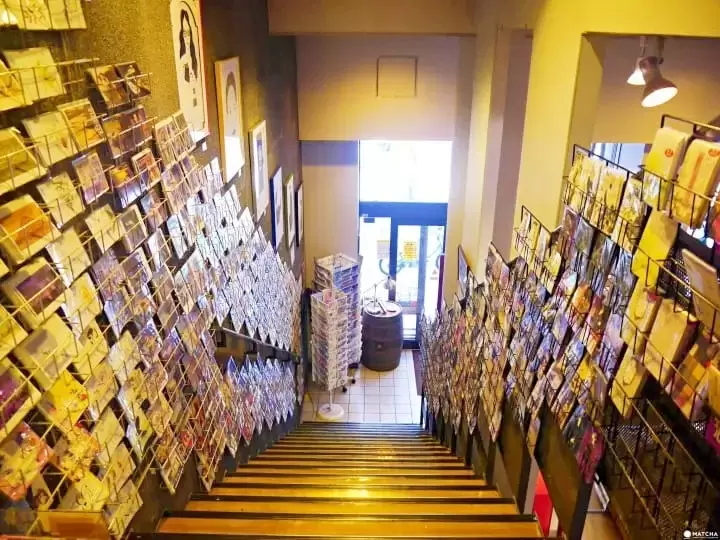

![[Just a short distance from Nagoya] Popular Taiwanese YouTuber Alan tours Aichi, Tokoname!](https://resources.matcha-jp.com/resize/720x2000/2026/01/08-255181.webp)

